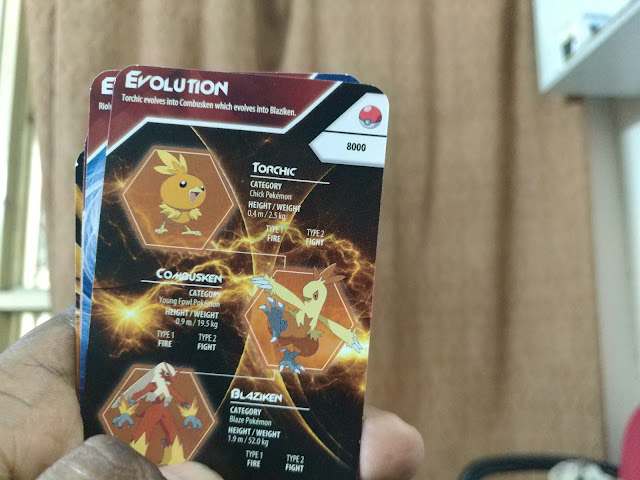Le Max 2 : Camera Review
Powered with Snapdragon 820, 4 GB of RAM and no 3.5 MM audio jack, Le Max 2 is one of most exciting and astonishing smartphone that you get your hand on right now. So today we will get a in depth look at the less talked feature of flagship device from LeEco, its camera.
The Le Max 2 comes with a 21 megapixel rear (primary) camera, which will take extremely high resolution photos.While its 8 megapixel front camera makes it a great choice for selfies. It can capture 4K high definition video with its primary camera, the highest resolution current smartphones support.
The Front Camera
The camera's max lens aperture size on the LeEco Le Max 2 is about average for smartphones. This isn't a huge factor, but some photo enthusiasts may prefer larger apertures for shallow depth of field photos, or fast action shots.
LeEco Le Max 2 utilizes the same Sony IMX 230 sensor with 21MP resolution we saw on the Meizu Pro 6, Pro 5 and the Moto X Force. It is capable of 5312x3984px snaps in 4:3 aspect. The auto focus uses a hybrid system, incorporating phase detect auto focus in addition to the regular contrast detect system.
The camera UI is simple and you can swipe through the different modes - Photo, Pano, Video and Slow-mo. Live Filters are available, too.In the Photo mode settings you can tweak the ISO, exposure, white balance, contrast, pictures size, among other non-essential stuff.
The HDR mode is meant to get an even wider exposure of a scene - bringing back detail in both the highlights and the shadows. The Le Max 2 does a very good job of bringing back detail in tricky scenes. It's one of the better HDR algorithms we've seen.
Here are some more LeEco Le Max 2 camera samples.
The Front Facing Camera

Finally, you can check out these 8MP images taken with the front-facing camera of the device. Naturally, it's a fixed-focus one but the focus seems fixed way too close to the camera and unless your head fills the frame, your selfies won't come out nice and sharp.
It's a rather nice camera, but it's ruined by its implementation. You can still get some pretty nice selfies if your work with its limitations.
The Videos
It's a rather nice camera, but it's ruined by its implementation. You can still get some pretty nice selfies if your work with its limitations.
The Videos
Le Eco Le Max 2 shoots videos up to 4K resolution (3840 x 2160px) at 30fps and 1080p videos at 30fps. There's no 60fps option.
The 4K videos (41Mbps bitrate) produced by the Le Max 2 are really good. The resolved detail is great, as well as contrast and colors. There is an unusual amount of noise in the shadows even in broad daylight so we'd guess this issue would only get worse once it gets darker. The corner softness, which we witnessed on many of the sample photos we took is, in fact, visible on some of the video samples as well.
The audio recording is stereo, but is recorded at 96Kbps bitrate and it sounds quite shallow. The 1080p videos are good as well with great contrast, an average level of detail and nice colors.
Conclusion
The 21-megpaixel sensor gets optical image stabilization and a closed-loop motor for better PDAF performance. The camera is quick to lock focus when you change your frame, without needing you to tap the screen. There is some degree of shutter lag as we noticed a slight blur in some images. The bottom line is that the sensor produces well detailed landscapes and macros with neutral colours. In low light and under artificial lightning, chroma noise is well within bounds although the detail level of distant objects isn't the best. 4K and full-HD videos are good although the sensor fails to re-adjust focus when you pan, thereby forcing you to tap the screen manually. Slow-motion video is shot at 720p at 120fps, but the quality is not great.
 |
| Le Max 2 : Camera Comparison |
The camera app could also use some tweaking. While it's simple and straightforward, it feels incomplete without a professional shooting mode, especially when you have a good sensor. There's panorama mode, filters and voice control. The settings menu also lets you adjust white balance, ISO and exposure, but it's not presented in the most convenient way.






















